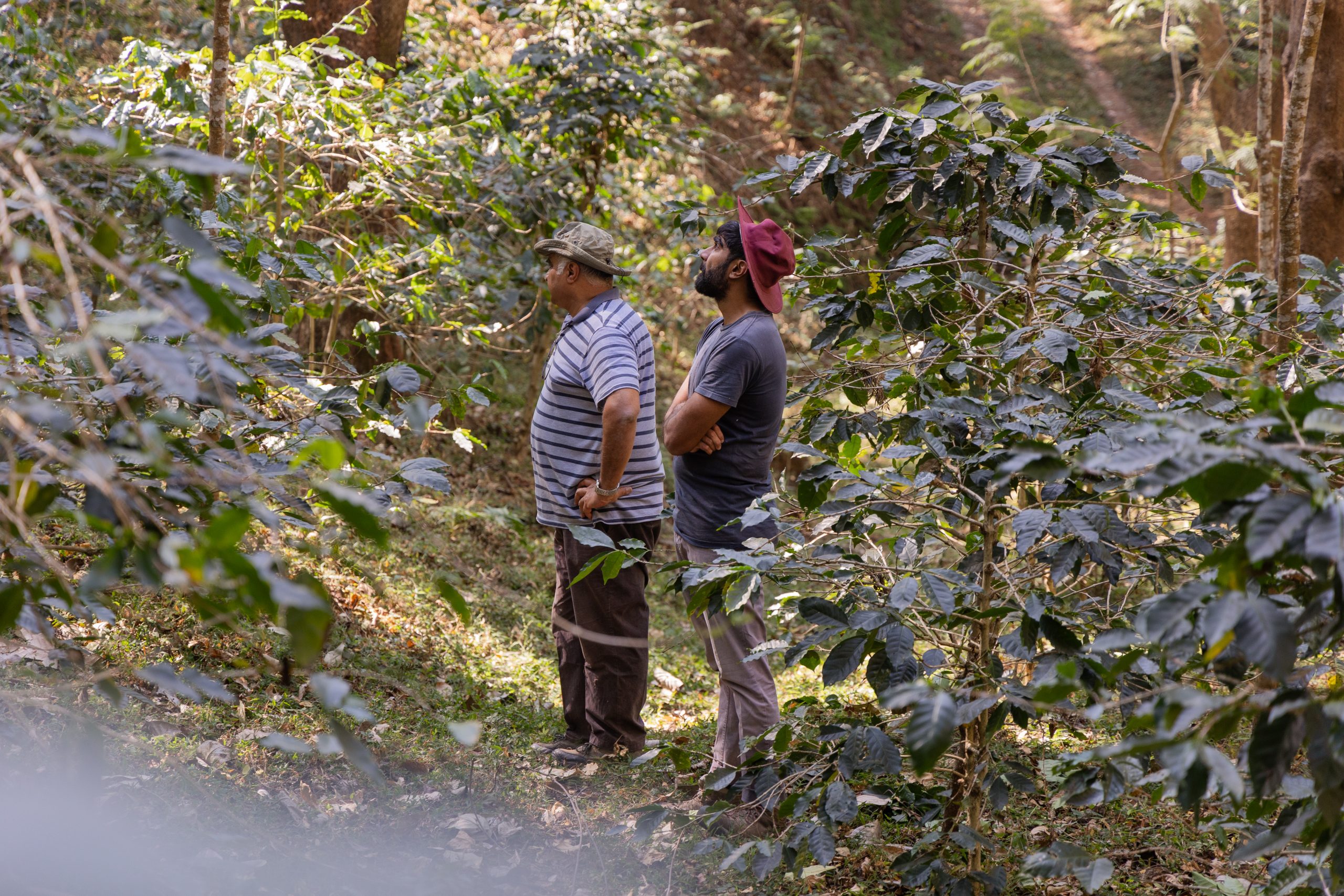Reading between the lines of data and sculpting into new realities, this masterwork by Refik Anadol weaves a contemporary lens to data narratives that elicit awe and reverence for nature while probing the intricacies of man-machine-nature relationships.
Drawing from the visual data (pertaining to coral reefs) meticulously documented over the years, it uncovers insights into interconnectedness of the living, all within the framework of the Large Nature Model algorithm (a playful nod to the conventional Large Language Model)- the world’s first open-source generative AI model dedicated to nature. Beyond mere artistic expression, Echoes of Earth assumes a pivotal role in ecosystem restoration efforts beneath the waves.
The data wall at the entrance serves as a beacon, conveying the essence of the Large Nature Model. Within the space, the true narrative lies in the raw data that acts as material for the future, witness to the ebb and flow of existence, tracing the journey through 4.5 billion images of coral reefs and rainforests, 25,000 sounds of bird songs, and half a million scent molecules. The data transcends mere numbers and acts as the fingerprints of our collective existence, telling the story of who we are, where we’ve been, and where we’re headed. Each AI-generated image serves as a window into first-hand research sourced from 16 rainforests worldwide – where the origins, collection process, and evolution of AI algorithms are laid bare. The installation stands as a poignant reflection of the intricate systems and patterns woven throughout nature with a critical imperative to safeguard these fragile ecosystems, with the act of preservation as the undertone.
Reshaping the perception of conventional notions of time and space, this living archive is not just a technological feat, employing avant-garde technologies; it’s an ode to the wonders of our natural world, a bridge between the physical and digital, and a tool that promises to communicate beyond beauty. The word “bridge” comes up frequently with the creator as he discusses the gap between AI and the public, between tech and nature, but he’s also become a bridge between a sceptical art crowd and the potentials of AI technology. The artist represents the antithesis of exclusionary art world gatekeepers, speaking artistic babble no one ever says in everyday conversation.
These AI-driven arts aren’t just the extraction of data that exists independently of our five senses; the depth goes beyond. The corals one sees on the big screen subtly nudge you to look beyond the aesthetics with a scientific, tangible, and functional lens. These huge screens in your peripheral vision are a simulation of real-life nature, but they also serve as a reminder that actual nature is dying, prompting a clarion call to challenge the ability to extract meaning, discern patterns, and derive insights that lead to meaningful action.
The future of AI demands an open-source culture. In essence, the Large Nature Model embodies an inclusive ethos that extends its reach far and wide. Its accessible design ensures that its impact reverberates throughout diverse communities, motivating individuals from all walks of life to become agents of change within their own spheres. Through the captivating showcase of Echoes of Earth: Living Archive, art assumes a transformative role as a catalyst for meaningful action. This fervent advocacy for purpose-driven art speaks directly to the human experience, inviting everyone to participate in the dialogue it initiates, leading us towards a focused existence.
Words by Shravni Sangamnerkar.
Image courtesy Serpentine Art Gallery.








